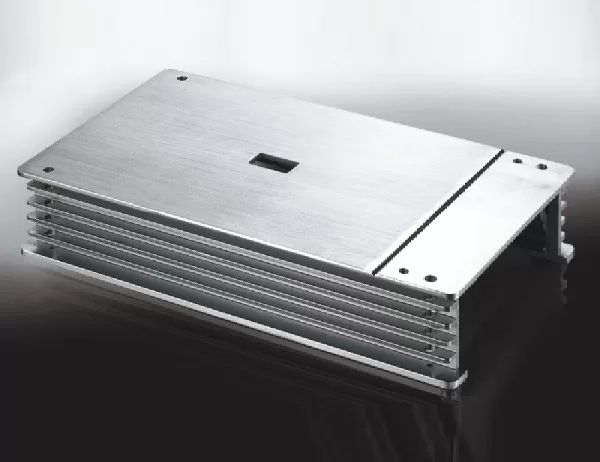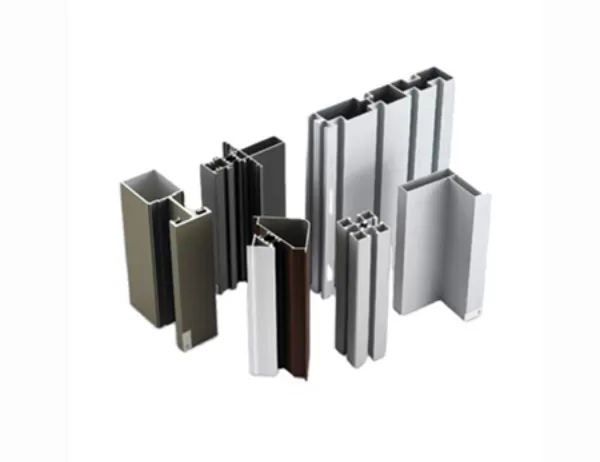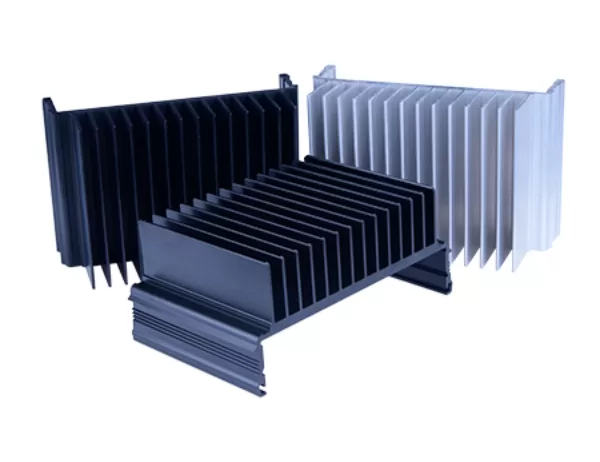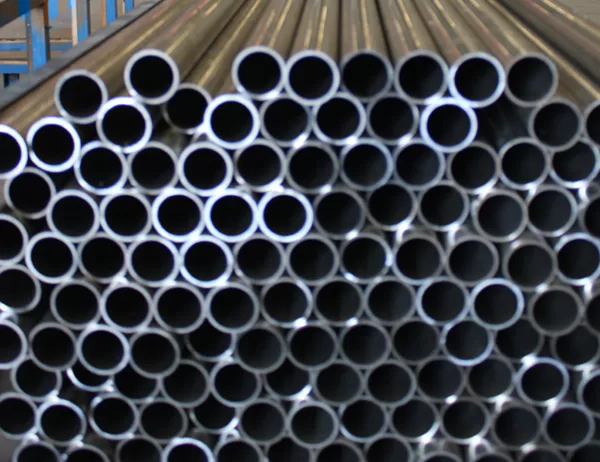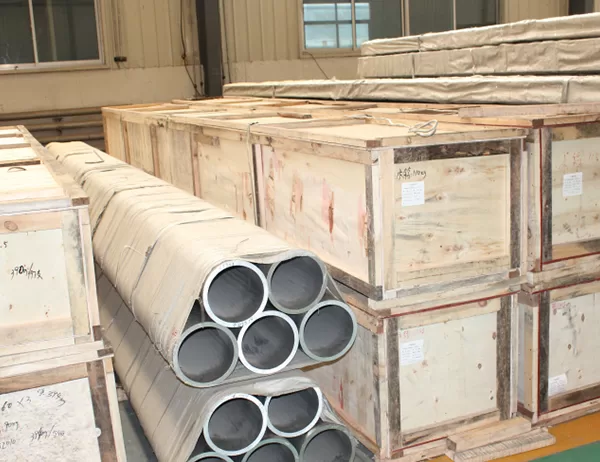Industrial aluminum profiles are versatile materials used in a wide range of applications, from construction to manufacturing. To ensure optimal performance and longevity, meticulous cutting and assembly techniques are paramount.
Cutting Techniques:
Laser Cutting: Precision laser cutters minimize material deformation and produce clean, burr-free edges.
Band Sawing: For thicker profiles, band saws offer high cutting accuracy and minimal vibration.
Waterjet Cutting: Non-contact waterjet cutters generate high-pressure jets to cut complex shapes with minimal heat distortion.
Assembly Recommendations:
Mechanical Fastening: Bolts, screws, and rivets provide strong, reliable connections. Ensure proper torque specifications are met.
Adhesive Bonding: Structural adhesives create permanent, moisture-resistant bonds. Select adhesives compatible with aluminum surfaces.
Welding: For permanent, load-bearing joints, welding techniques (e.g., TIG, MIG) are preferred.
Additional Best Practices:
Pre-treatment: Degrease and remove any impurities from aluminum surfaces to enhance adhesion.
Accurate Measurement: Use precision measuring tools to ensure precise cutting and assembly.
Lubrication: Apply lubricants to cutting tools and fasteners to minimize friction and prevent excessive stress.
Stress Relief: After assembly, it’s important to relieve any residual stresses through annealing or heat treatment.
Inspection: Conduct thorough visual inspections to verify proper alignment and connection integrity.
By adhering to these best practices, you can maximize the cutting and assembly precision of industrial aluminum profiles, ensuring optimal performance, durability, and longevity in your applications.
